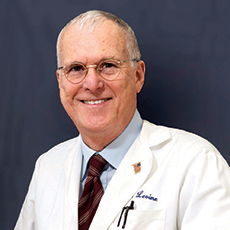
Why is wound care so important in post-acute facilities?
My name is Dr. Jeff Levine, and I am thrilled to serve as the new Wound Care Expert for McKnight’s, sharing lessons learned over three decades of practice.
Wound care encompasses diagnosis and treatment of pressure injuries, surgical wounds, vascular ulcers, burns, wounds from malignancy and more. The interdisciplinary process includes nursing, nutrition, rehabilitation and surgery.
Pressure injuries affect 1.3 to 3 million adults in the United States. In LTC, prevalence ranges from 8.5% to 32.2%. Many pressure injuries are avoidable and result in unnecessary cost and suffering. According to the Agency for Healthcare Research and Quality (AHRQ), pressure injuries cost $9.1 to $11.6 billion per year, ranging from $20,900 to $151,700 per pressure injury. A vexing variety of treatments is available with few studies of comparative efficacy.
Pressure injuries result in decreased quality of life, longer stays and adverse outcomes that include pain, infections and death. Some require surgical procedures including debridement, myocutaneous flaps, amputations, grafts and ostomies for fecal diversion.
As a designated quality measure, pressure injuries are a risk management issue. According to AHRQ, more than 17,000 pressure injury lawsuits are filed annually.
Despite the urgent need for clinical focus on pressure injuries and chronic wounds, there is no formal medical or surgical specialty in wound care. This has resulted in gaps in education, training and research, with extensive variation in clinical practice. The need for wound care has engendered the growth of companies and independent practices that service nursing homes and post-acute facilities. Wound care remains a major frontier for geriatric specialists and long-term care practitioners.
From the October 2021 Issue of McKnight's Long-Term Care News




